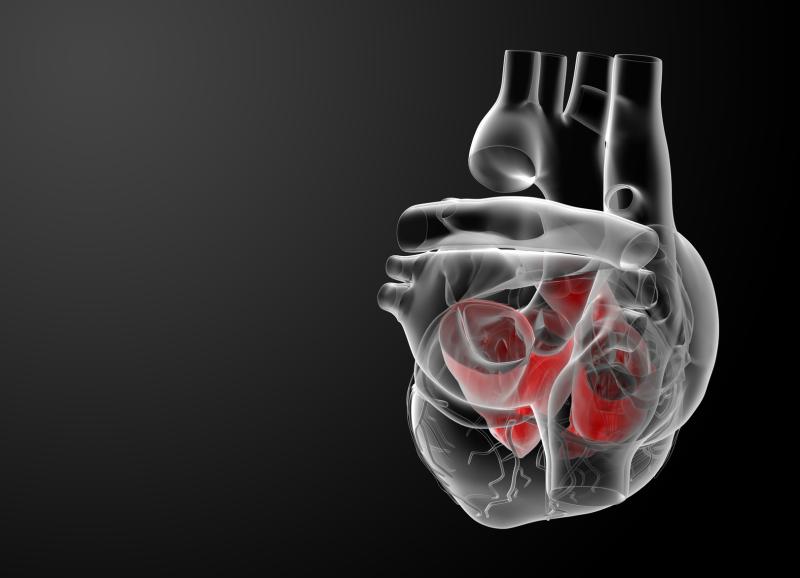
Aortic stiffness is significantly associated with total cholesterol, nonhigh-density lipoprotein (non-HDL) and total cholesterol/HDL ratio among other lipid parameters, a recent study has shown.
Multiple linear regression analyses revealed a significant correlation between pulse wave velocity (PWV) and the following parameters: total cholesterol (p=0.03), low-density lipoprotein (LDL; p=0.04), non-HDL (p=0.03), total cholesterol/HDL (p=0.01) and LDL/HDL (p=0.03).
In multiple logistic regression analyses, aortic stiffness was found to be significantly associated with non-HDL (odds ratio [OR], 1.12, 95 percent CI, 1.04–1.20; p=0.01; r, 0.224), total cholesterol/HDL (OR, 1.12, 1.02–1.22; p=0.03; r, 0.219) and total cholesterol (OR, 1.11, 1.01–1.23; p=0.03; r, 0.209).
“This result should be considered in future clinical lipid-lowering trials,” the investigators said.
This cross-sectional study conducted from 2012 to 2017 included 603 participants (517 patients and 86 healthy individuals) to calculate the theoretical PWV. The following lipid parameters were measured: total cholesterol, triglycerides, LDL, HDL, non-HDL, total cholesterol/HDL ratio, triglycerides/HDL ratio, and LDL/HDL ratio.
Theoretical PWV can be calculated according to age, sex, mean blood pressure and heart rate, which allows the formation of an individual PWV index ([measured PWV – theoretical PWV]/theoretical PWV). Aortic stiffness was defined as PWV index ([measured PWV – theoretical PWV]/theoretical PWV) >0.
“Recommendations about lipid parameters varied from different guidelines,” the investigators said. “Aortic stiffness is a marker of vascular ageing and may reflect occurrence of cardiovascular diseases. Aortic PWV, a marker of aortic stiffness, can be measured by applanation tonometry.”